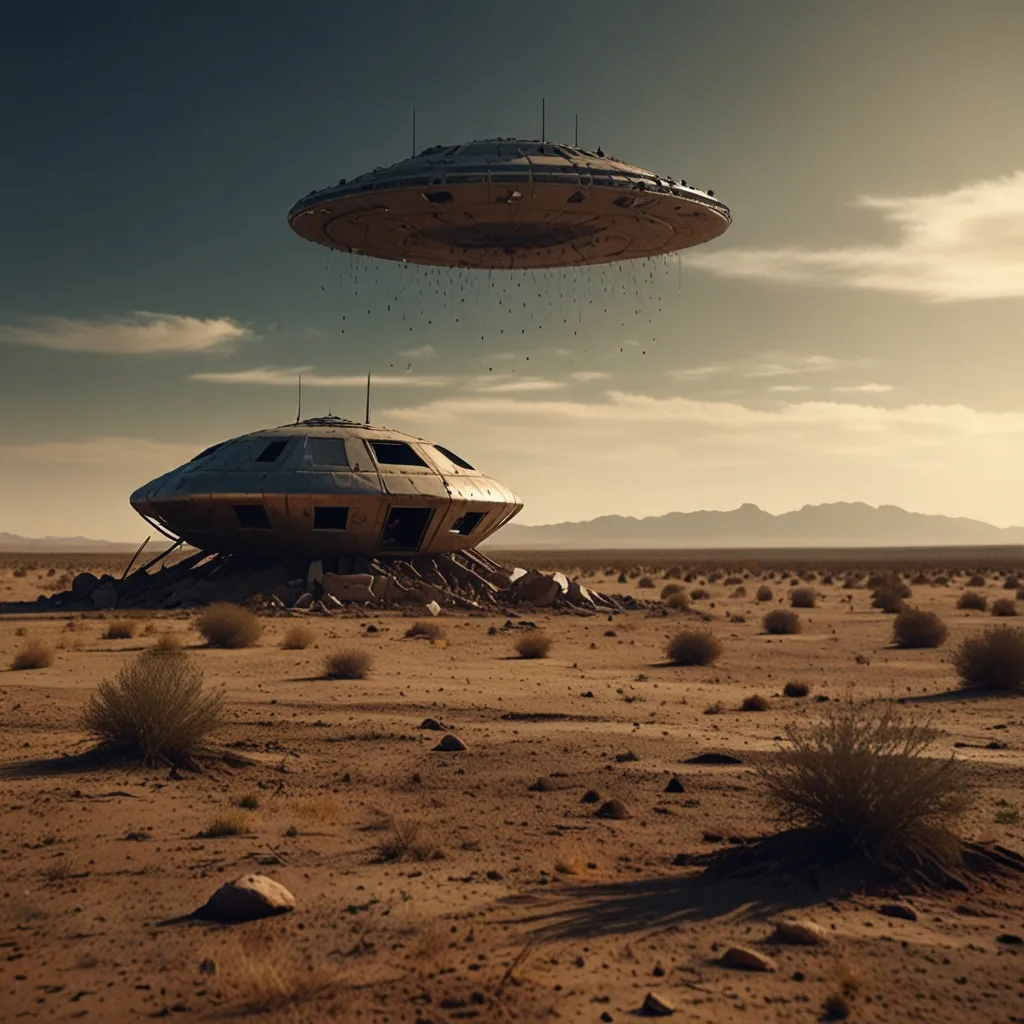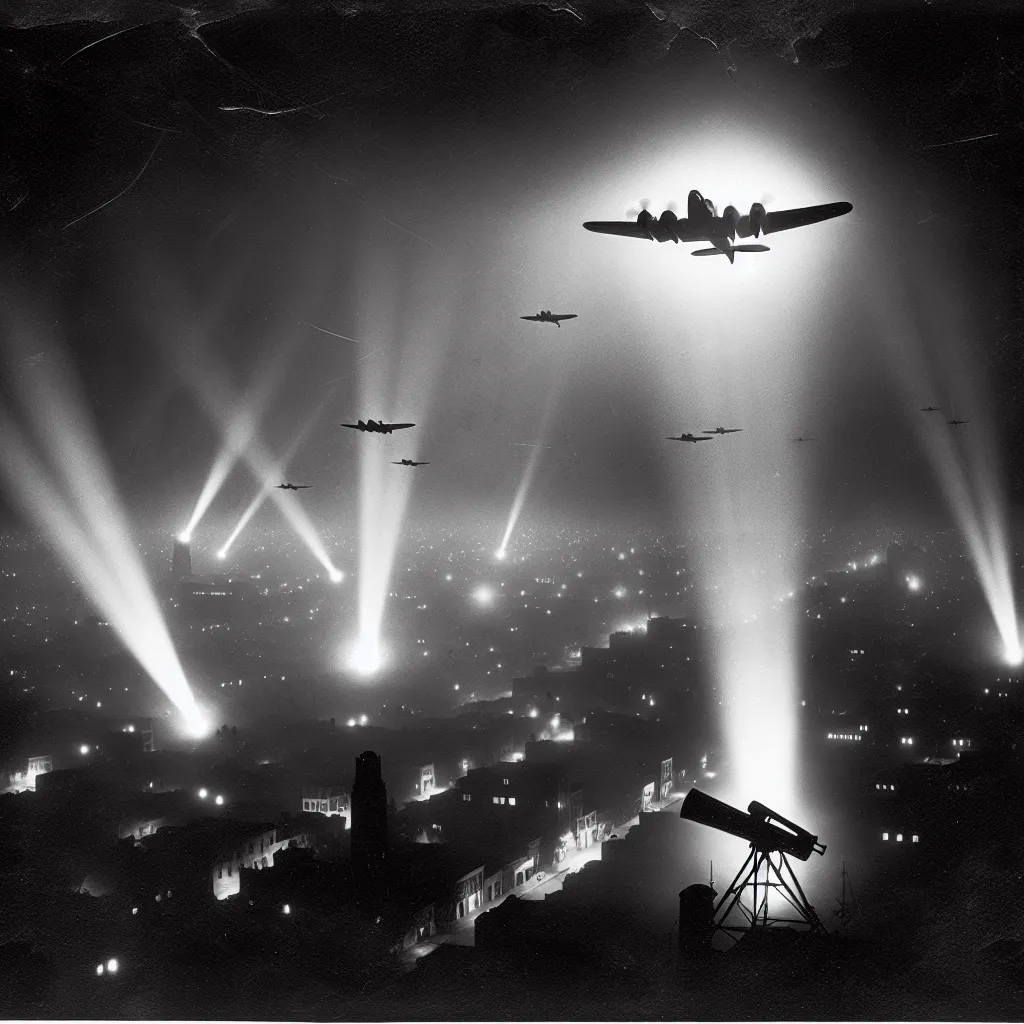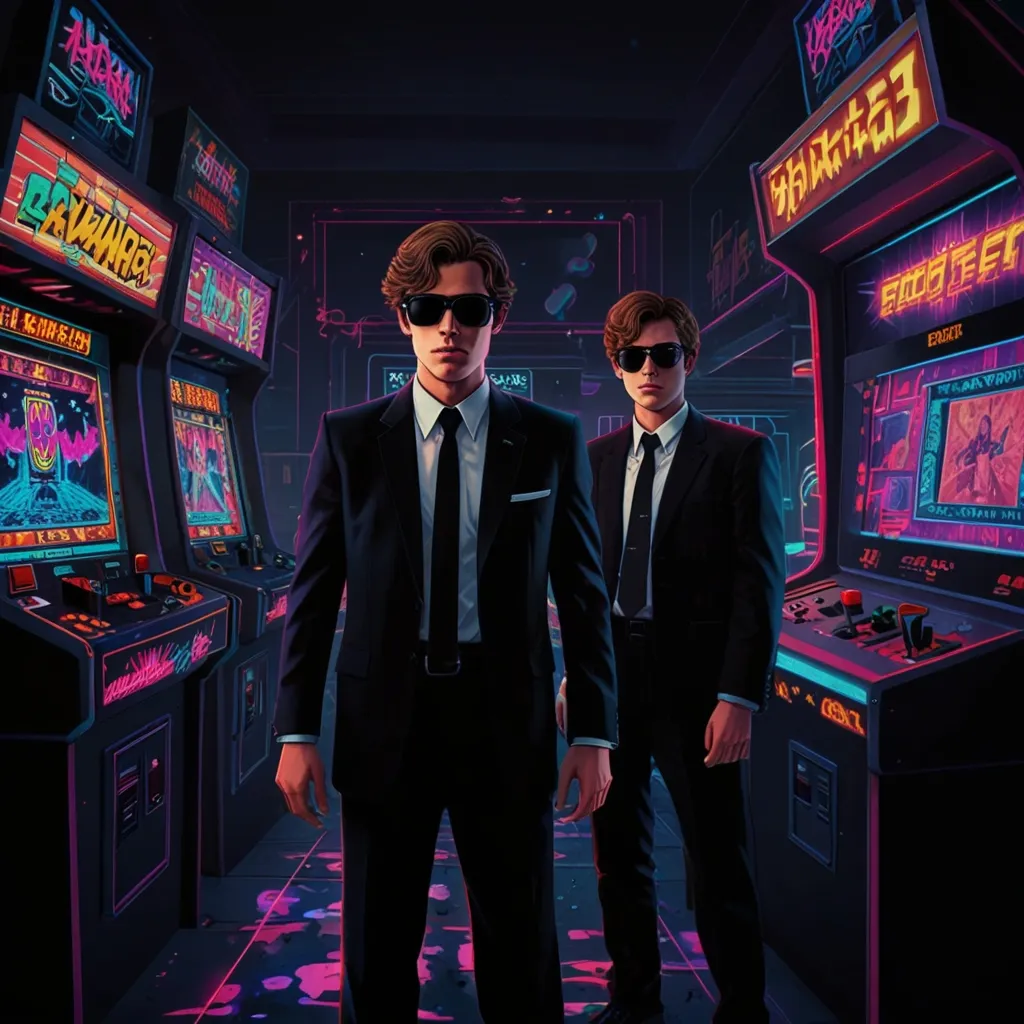Every time you think of Roswell, chances are the image that pops into your mind is that of a UFO crash and a government cover-up. That’s the kind of grip this story has had on our imaginations since 1947. Mention Roswell, and you’ll find that almost everyone has an opinion, whether they’re skeptics or believers.
To get to the bottom of it, let’s rewind the clock to mid-1947, a time when UFO sightings were on the rise across the United States. Everyone seemed to be spotting unidentified flying objects, and the Army was clueless about these aerial mysteries. On July 8, 1947, the Roswell Army Airfield dropped a bombshell: they had recovered a “flying saucer.” But not long after, they backtracked, claiming it was just a weather balloon.
For years, this tale remained buried until the late 70s when UFO researchers began piecing together the story from eyewitness accounts and public records, sparking worldwide interest. Books, magazine articles, and TV shows both supported and debunked the UFO theory, creating a frenzy known as “Roswell Mania.”
What really happened? One theory posits that a rancher named William “Mac” Brazel stumbled upon a large field of mysterious debris near Roswell. This debris, unlike anything seen before, was lightweight and spread over a vast area. Brazel reported his find to the local authorities, and the military got involved quickly. In no time, the media was flooded with reports of a captured flying saucer—only to be retracted with a mundane explanation of a crashed weather balloon.
Those who dug deeper often spoke of materials that defied explanation. Witnesses described metal that couldn’t bend or burn and beams inscribed with strange symbols. The military’s efforts to quickly lock down the area and transport debris under high security seemed excessive for a mere weather balloon. These actions only fueled suspicions.
Enter Project Mogul, the supposed true identity of the wreckage. This top-secret military project aimed to detect Soviet nuclear tests using high-altitude balloons equipped with radar reflectors. The government’s 1994 investigation into Roswell concluded that what people saw were indeed remnants of one of these balloons. But many remain unconvinced, questioning why such heavy security surrounded mere balloon parts and why the story was so shrouded in secrecy.
Don Schmitt and other UFO researchers argue that a government cover-up is the most plausible explanation. They cite over 500 witnesses and countless documents pointing to something otherworldly. The skeptics counter with tales of misidentified balloons and Cold War confusion, but they rarely change the minds of those who believe.
Some say the cover-up extends far beyond Roswell, suggesting that secretive operations like Area 51 house remnants of extraterrestrial technology. Researchers have claimed that modern aviation innovations, including the stealth fighter, were reverse-engineered from alien artifacts recovered at Roswell. Eyewitness Glenn Dennis, who worked at a funeral home, recalled receiving strange military inquiries about small, hermetically sealed caskets, further adding to the speculation.
One key figure in keeping the Roswell story alive was Major Jesse Marcel, who handled the wreckage and clearly stated it was unlike any weather balloon he’d ever seen. His son, Jesse Marcel Jr., also saw the materials and never wavered in his belief that they were extraordinary.
Yet, officialdom remains resolute. The military’s stance has been consistent: the Roswell incident involved nothing more than a weather balloon. Colonel Richard Weaver, part of the 1994 Air Force investigation, stands by these findings, claiming that Project Mogul fits all the pieces of the puzzle.
Even as technology advances and new generations delve into the incident, the debate shows no signs of resolution. Personal testimonies, including those of military personnel, continue to emerge. When television networks showed interviews with former officers and even pilots who reported bizarre sightings, it only stoked the fire.
It’s also worth noting the wider implications if the craft were indeed extraterrestrial. Consider the scenario described in the 1962 Brookings Institute report for NASA, which warned that such revelation could destabilize society. People fear what they don’t understand, and the knowledge of advanced alien technology could upset the global balance.
On the 50th anniversary of the incident, Roswell saw tourists, conferences, and even commemorative music events. It’s clear that Roswell isn’t just a story—it’s a phenomenon. From skeptics to die-hard believers, everyone who gathers in the small New Mexico town contributes to Roswell’s evolving legend.
Why does Roswell matter so much? Because it captures the ultimate human curiosity: are we alone? Whether government cover-up or Cold War confusion, the truth remains as elusive as ever. Fifty years of speculation, investigation, and memorialization don’t end with a simple answer—they keep the mystery alive.
And maybe that’s why Roswell continues to intrigue us. It represents the unknown, the possibility of something beyond our grasp. It’s a space where science fiction and reality blur, leaving us to question and wonder. So, is Roswell just a fanciful tale or the gateway to the biggest secret in human history? The answer might be out there, waiting for us to uncover someday.






